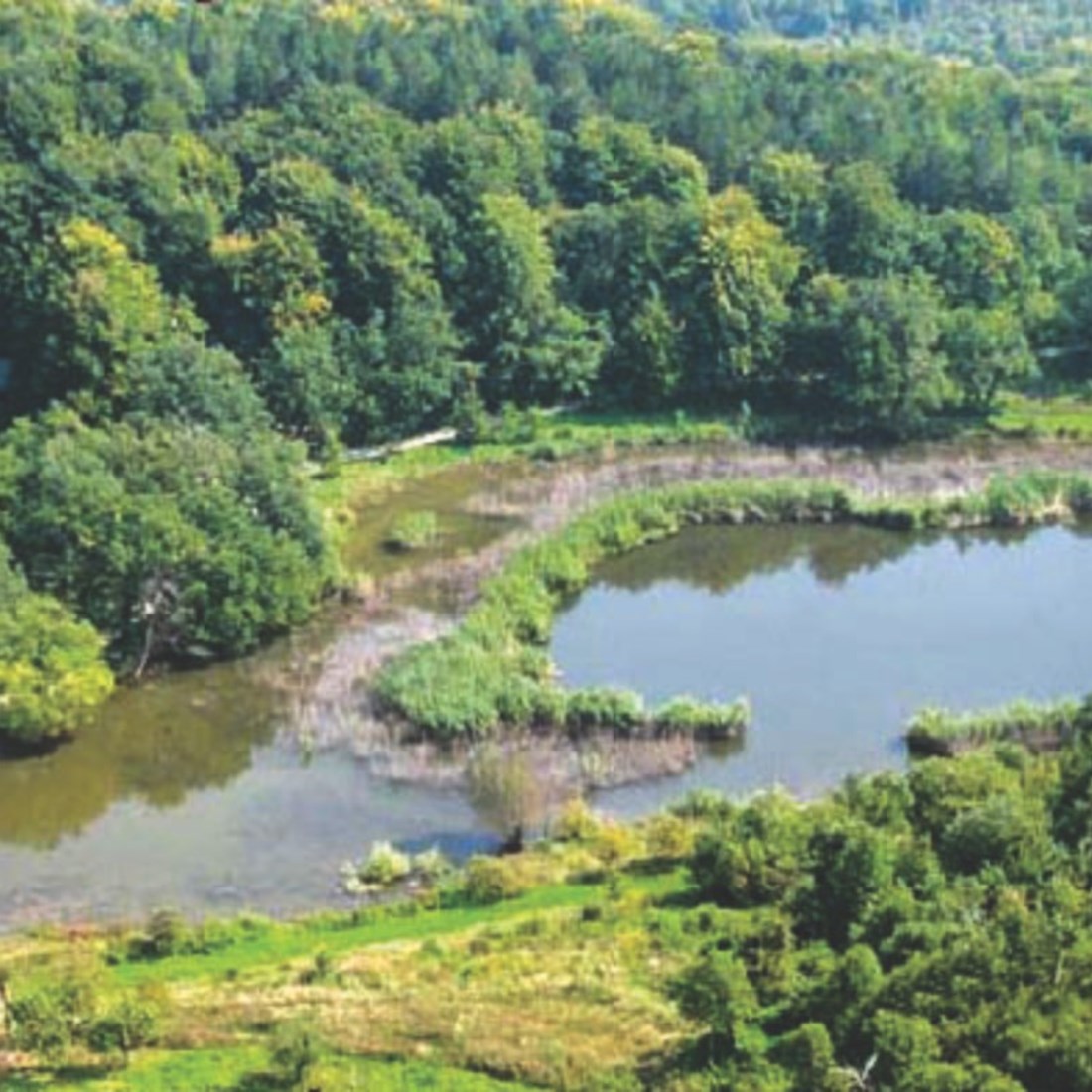Top 10 attractions
Spectacular nature, active vacation, amazing bites, excellent fun, good company, and well-known Slavonian hospitality – there are many good reasons for you to visit Požega-Slavonia County. A destination where fall and winter are in the colors of gold, and the hospitality of your hosts is the same.
Following the tradition of the aristocrats of the time, take a leisurely ride through the unique park in a carriage, accompanied by a four-stroke gait of elegant Lipizzaner horses from the Lipik State Stud Farm.
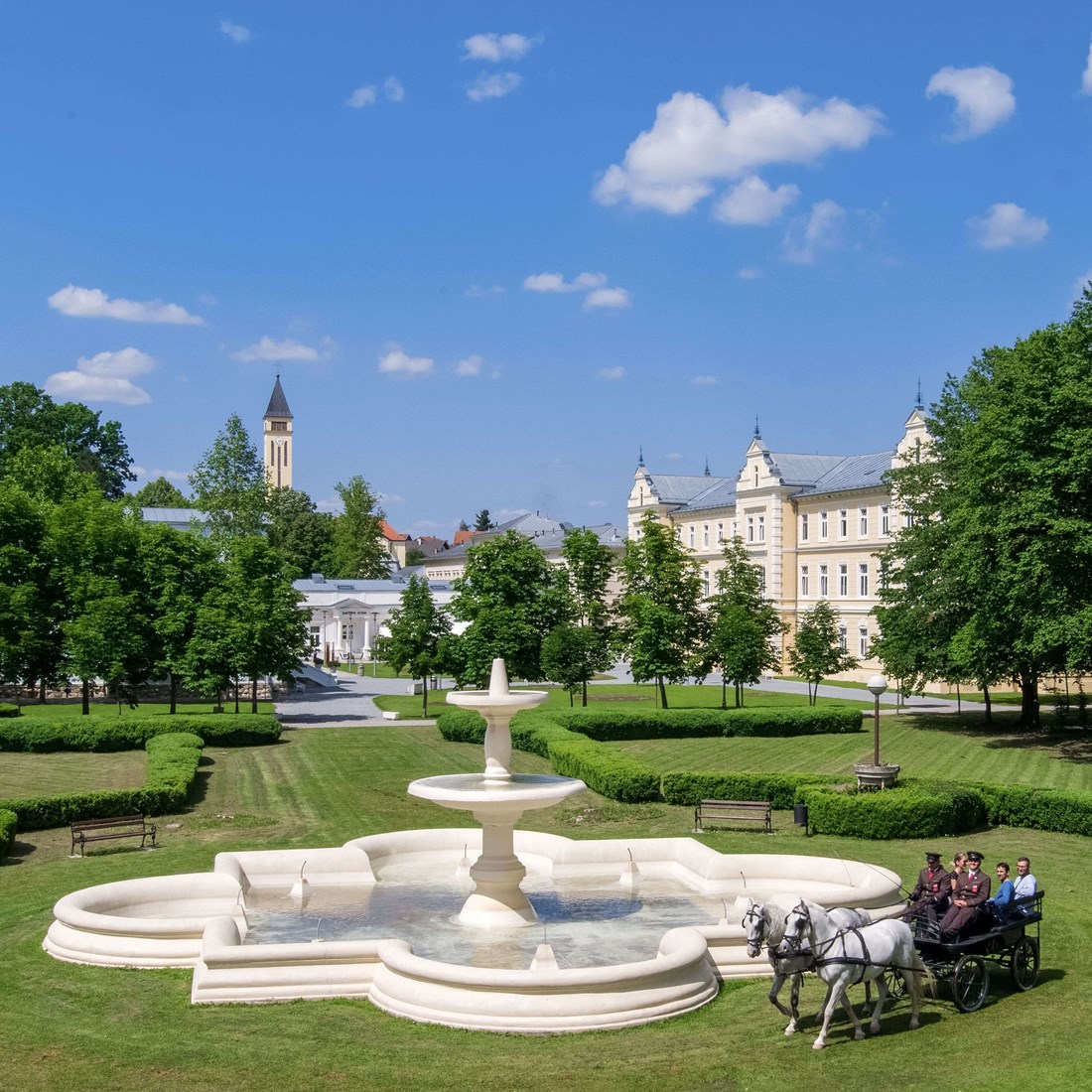
The picnic area is less than a ten-minute drive from Pakrac, a colorful town that had one of the most valued European coins in the Middle Ages.
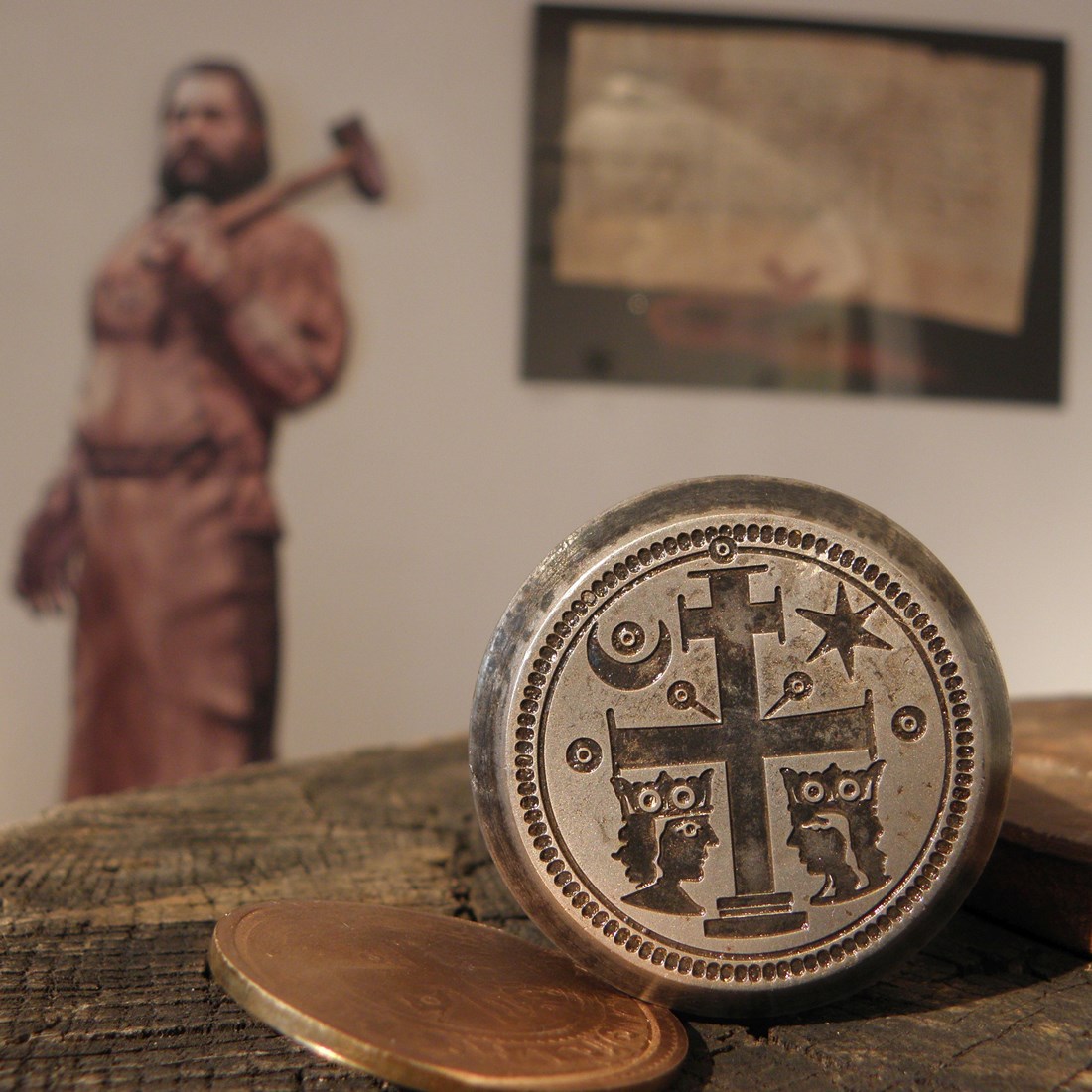
Bećarac is more than a traditional song, it is an intrinsic part of the Slavonic lifestyle, it intrigues musicologists, ethnologists, sociologists, psychologists, linguists... and the creative people of Pleternica have turned it into a brand.
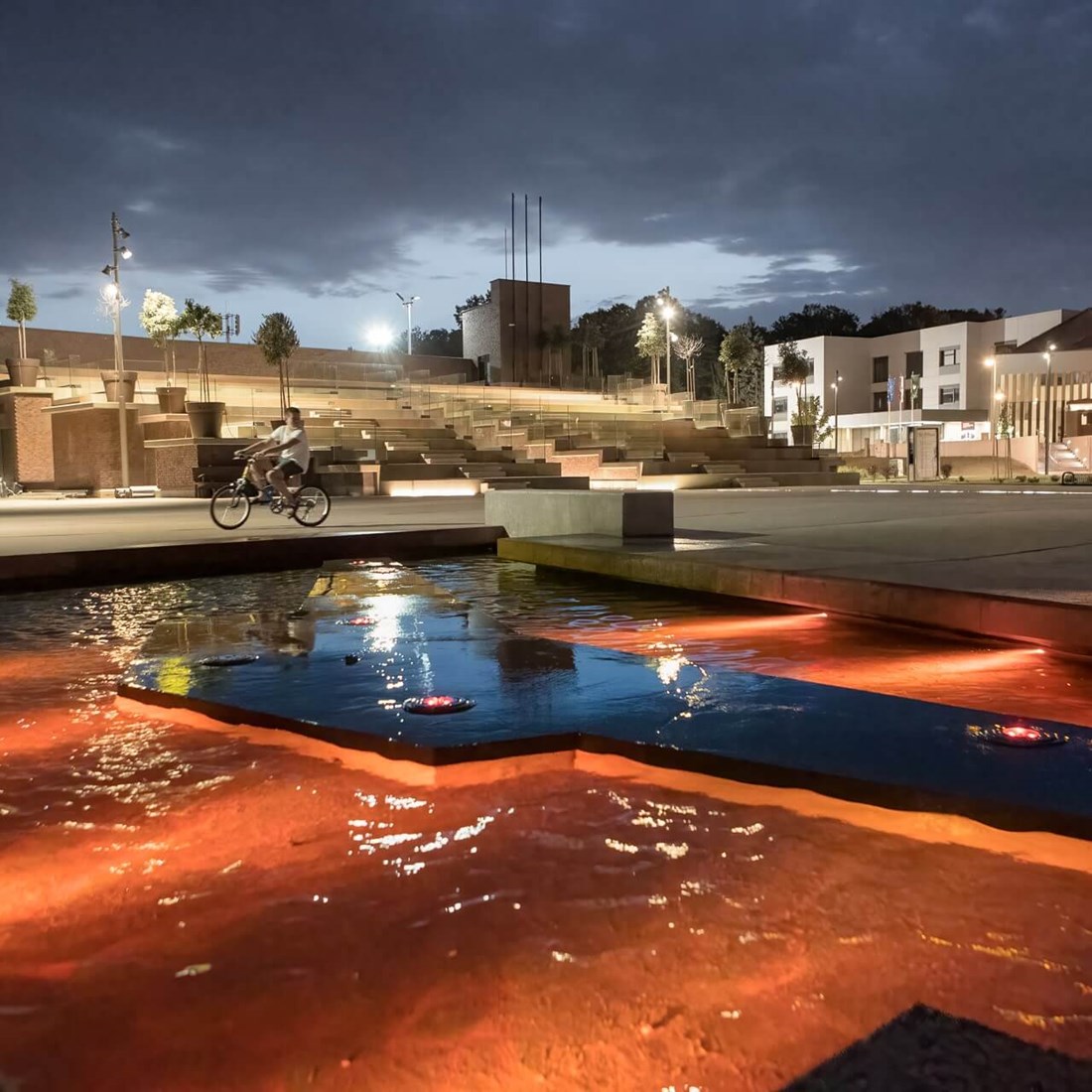
The Holy Spirit church (crkva sv. Duha) is on the square with one of the largest Romanesque portals from the 13th century and the grave of the famous friar Luka Ibrišimović Sokol, who liberated Požega from the Ottomans. There is also the Gothic church of St. Lawrence with impressive frescoes from the 14th century.
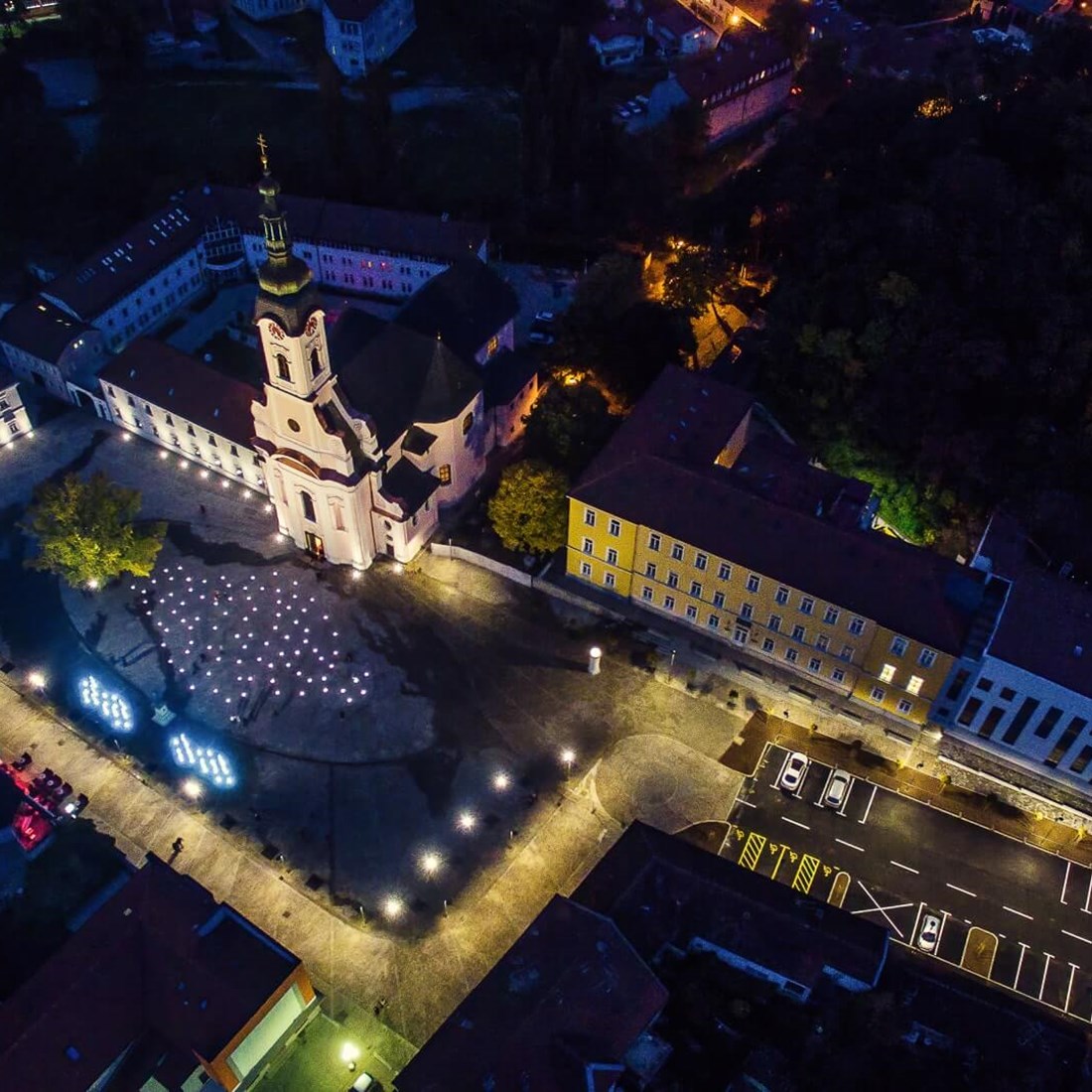
The boundaries between reality and fantasy are being moved, time takes on a whole new dimension, and you travel millions of years into the past when Psunj, Papuk and Krndija mountains were islands.
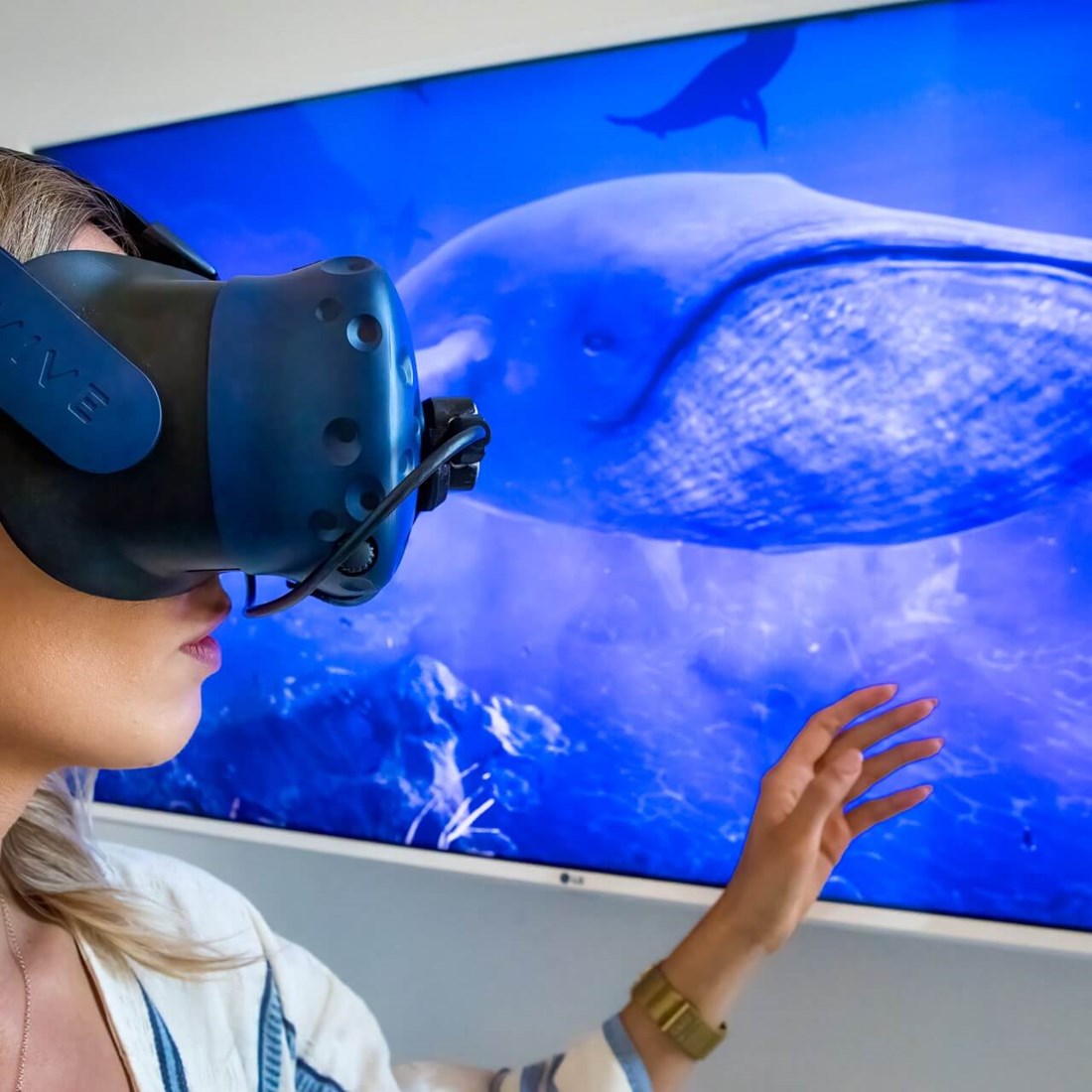
Mountaineers, adventurers, naturalists, hikers, mountain bikers, free climbers, paragliders, nature lovers... all those who visited this green paradise call Papuk the most beautiful mountain of Slavonia.
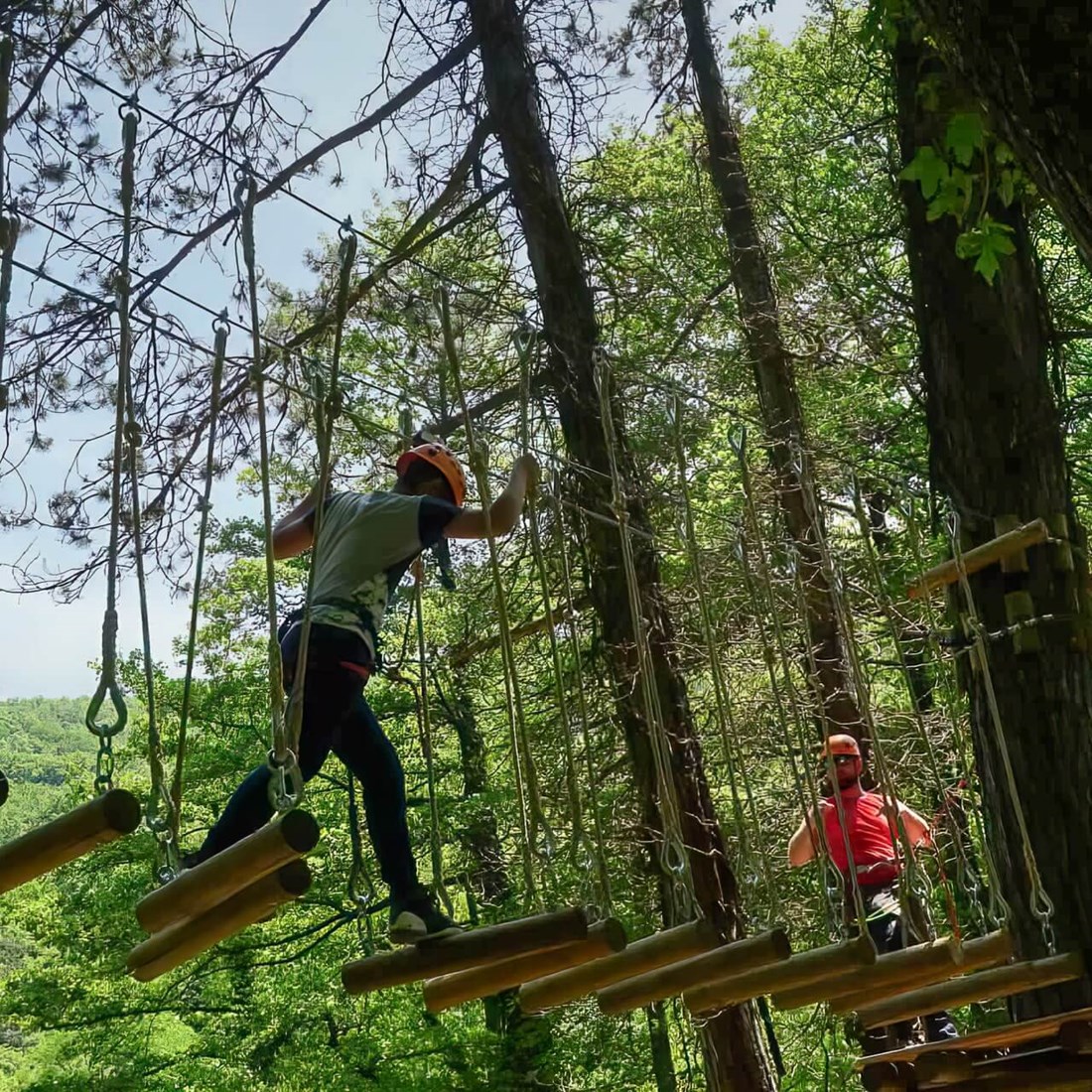
How did people use to live in Požega, what kind of dishes did they eat, who did famous people from Požega have affairs with, which achievements made Baron Trenk famous, how did friar Luka Ibrišimović get his nickname Sokol?
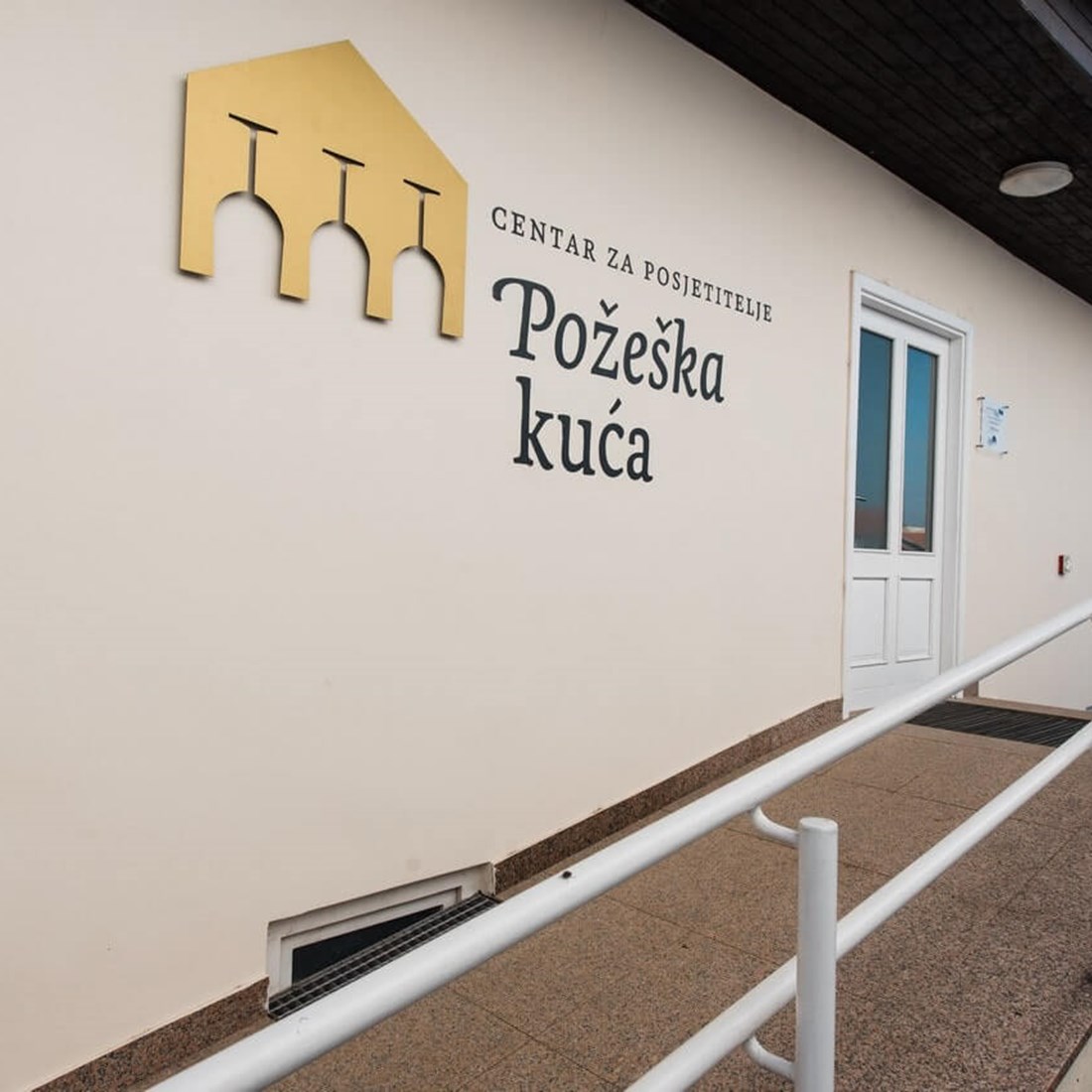
In the 18th century, Jesuits built an impressive baroque castle on the remains of the Cistercian abbey Vallis Honesta de Gotho, and the estate was at its peak at the time of the Turković family.
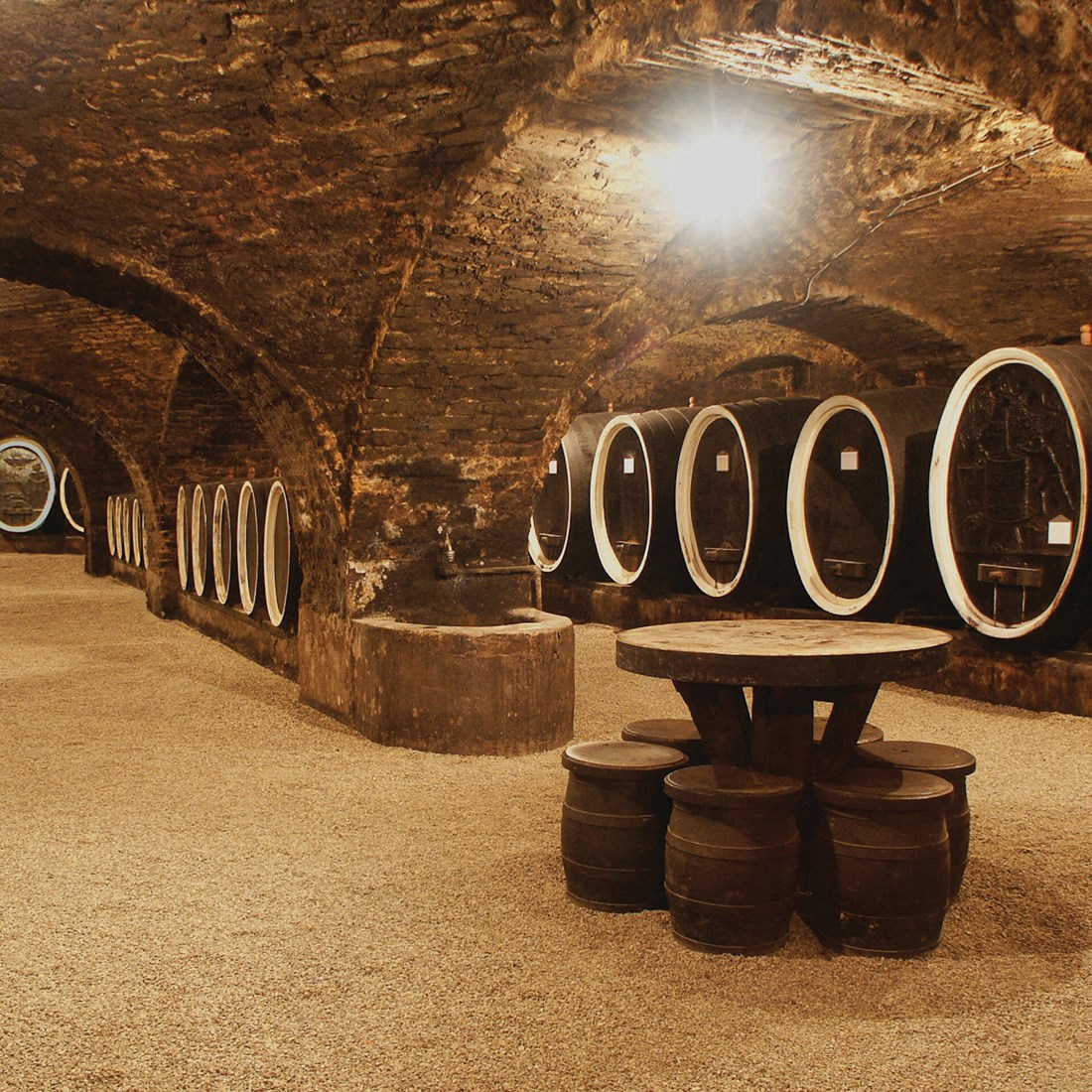
You must taste graševina! The most widespread white sort became so at home in Croatia that many experts consider it to be autochthonous, and it gives excellent results in Požega-Slavonia County.
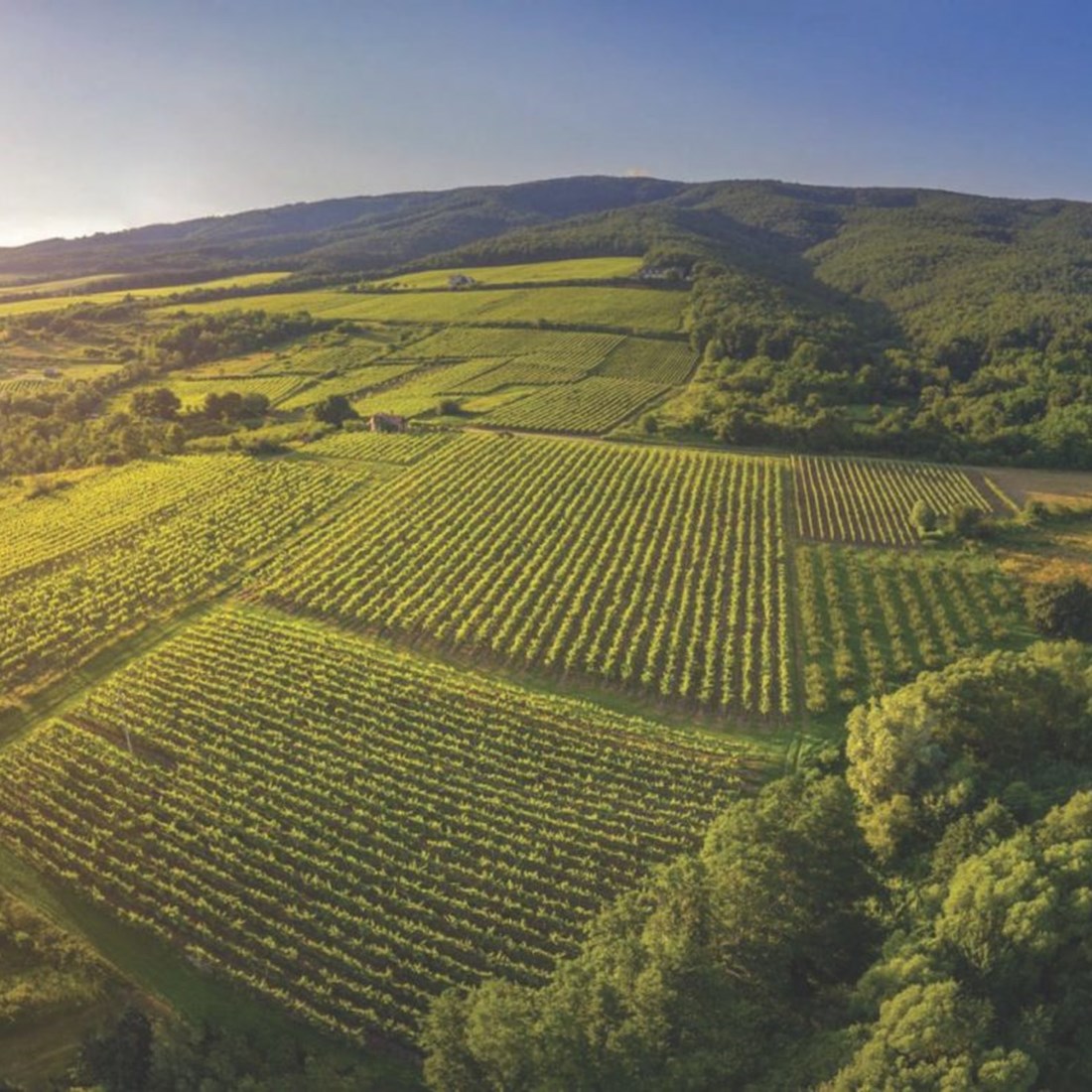
The legend says that sister Danica cried it out because her brothers, Petar and Jakob, were extremely evil. According to another legend, it got its name after owls. They also call it the Blue eye of Slavonia. Magical Lake Sovsko is located on the wooded northern slopes of Dilj, and with its shape and dark green color, which occasionally turns into blue, it gives an impression of an eye.
